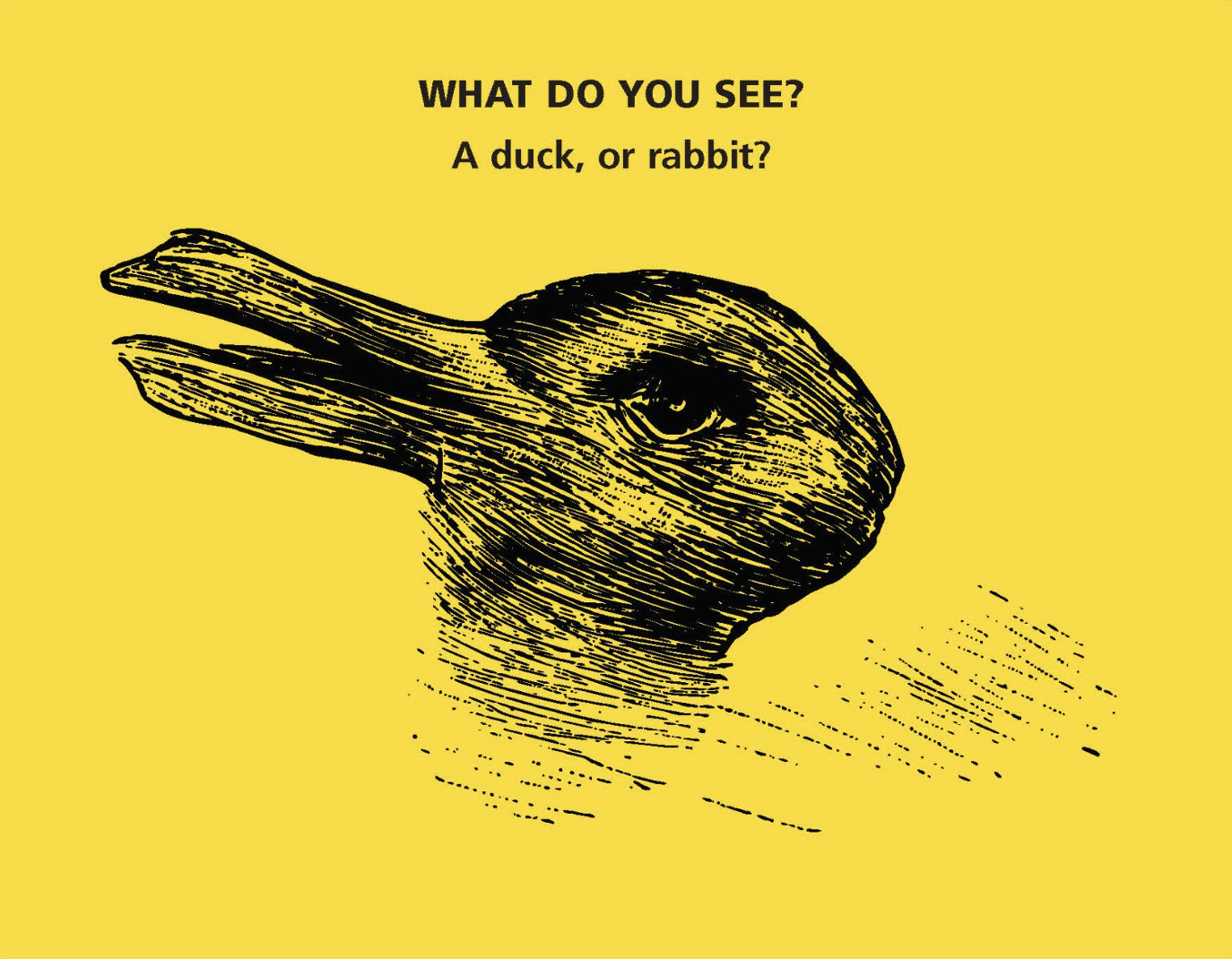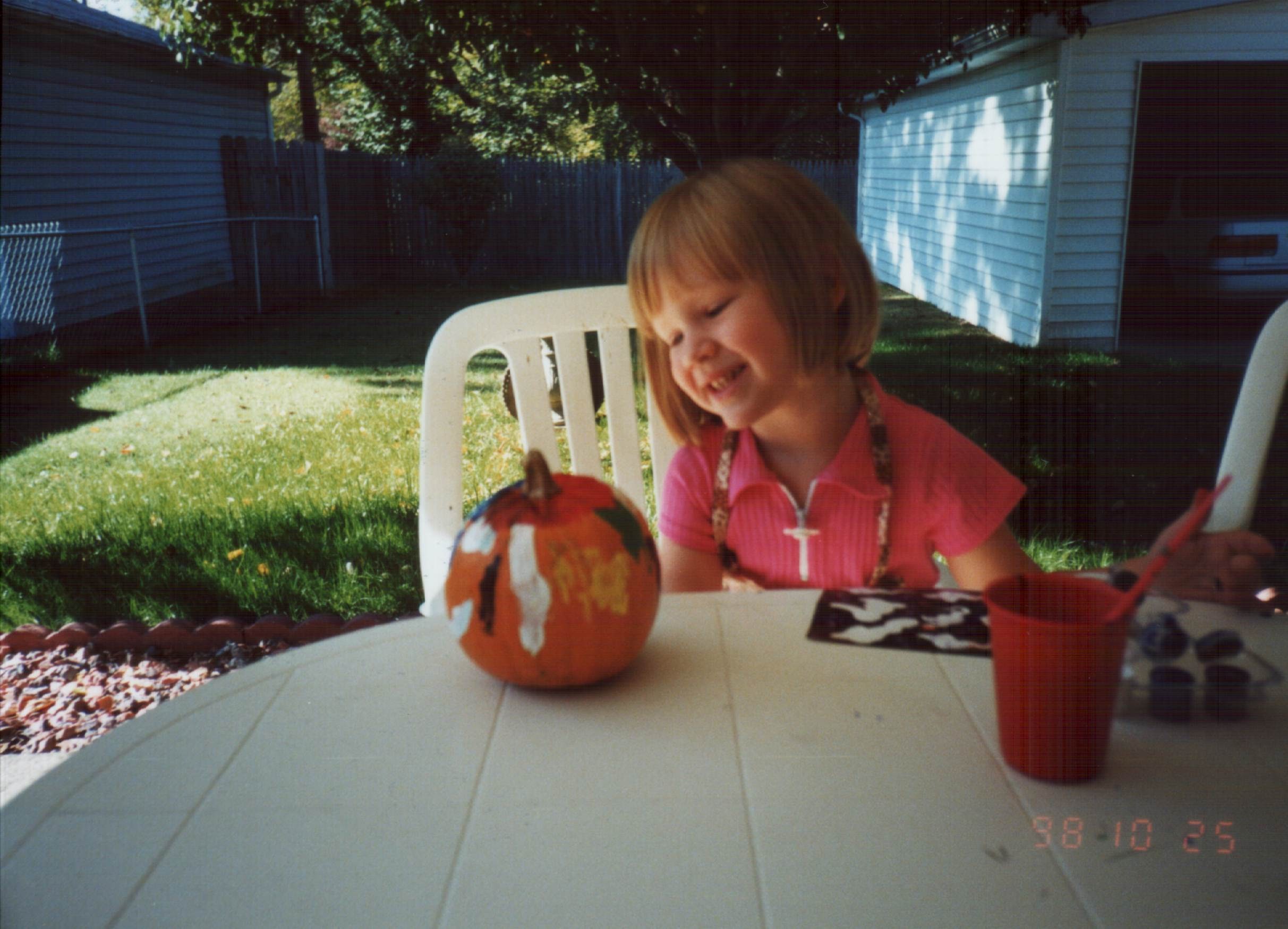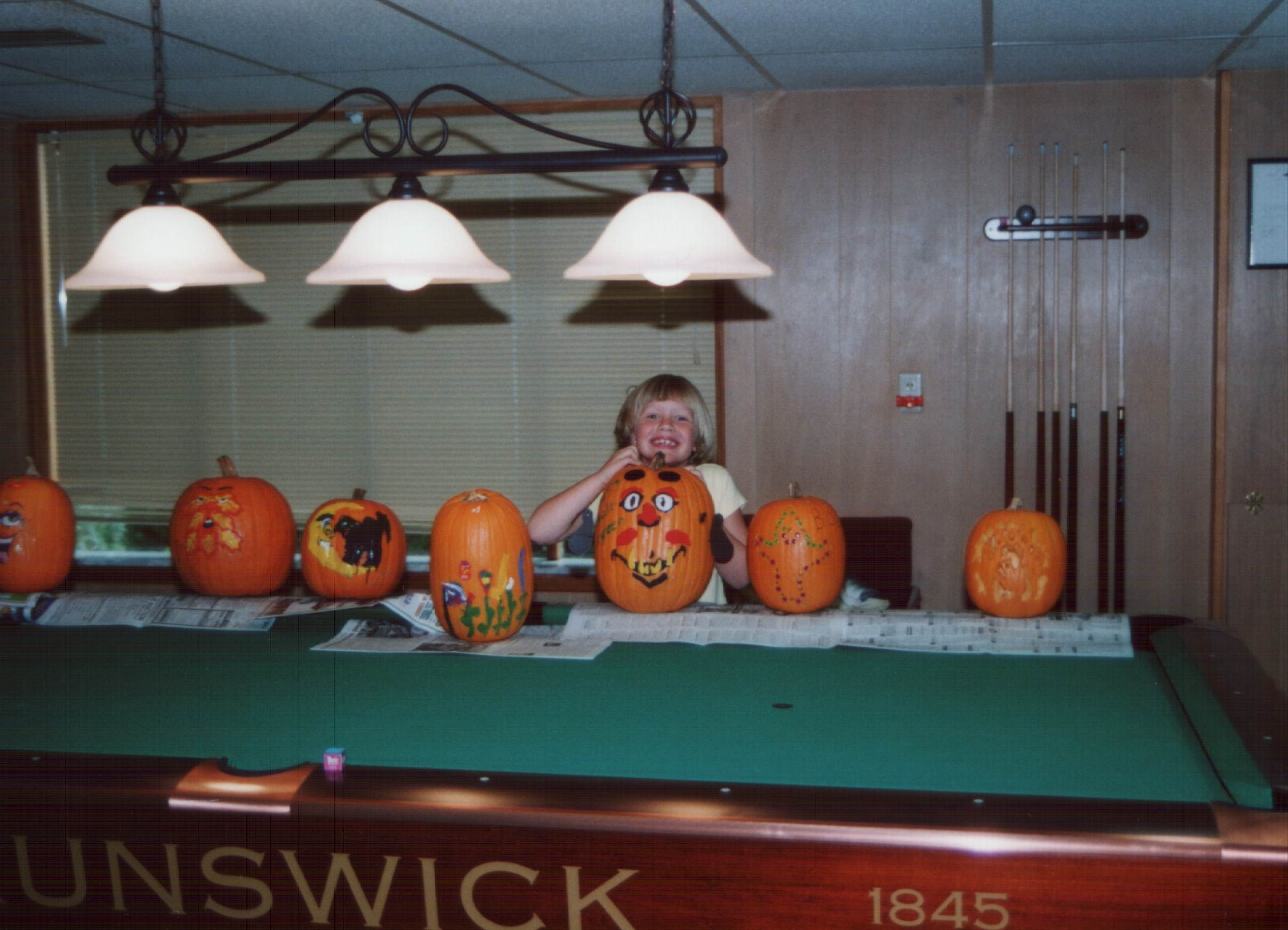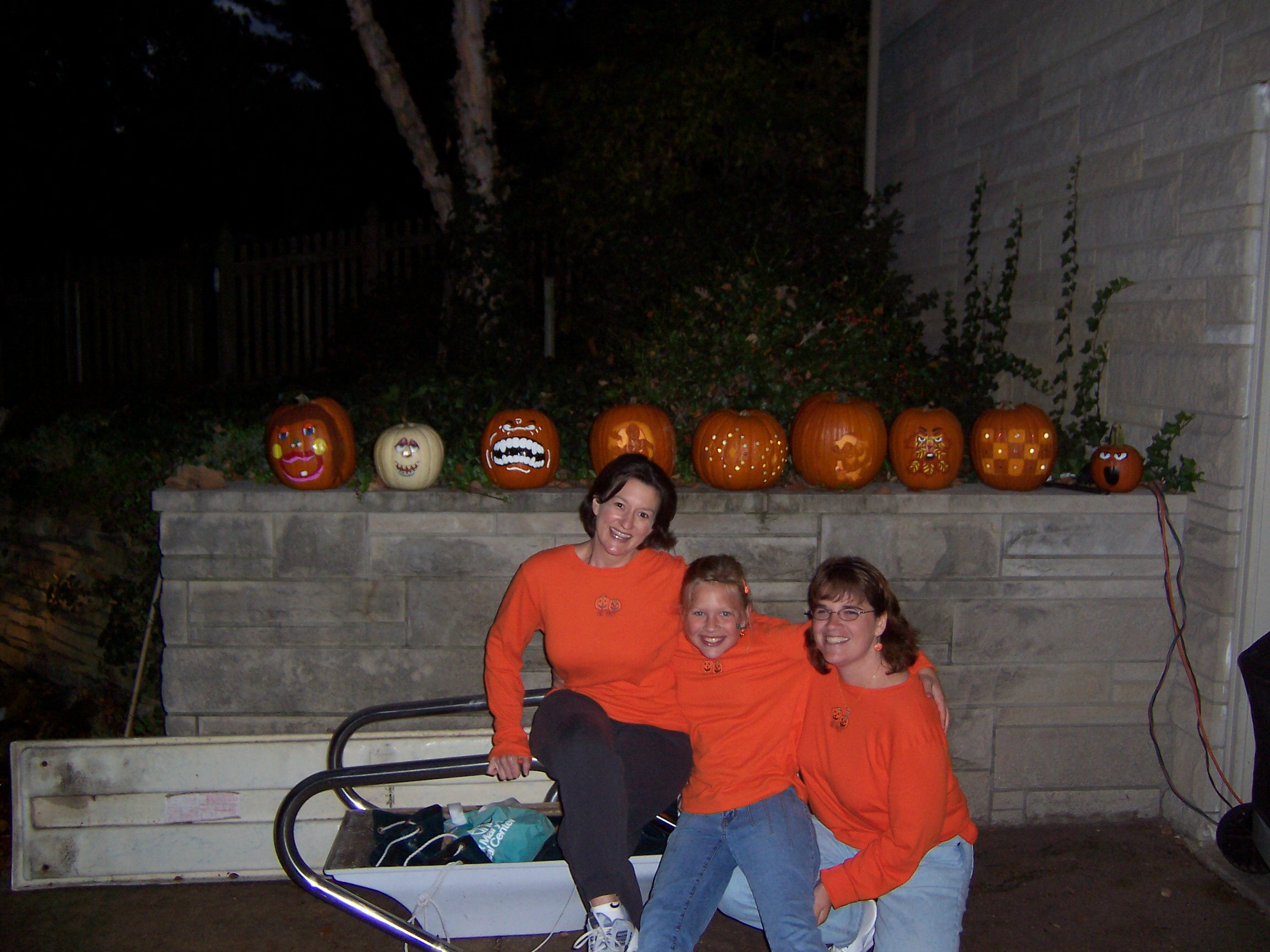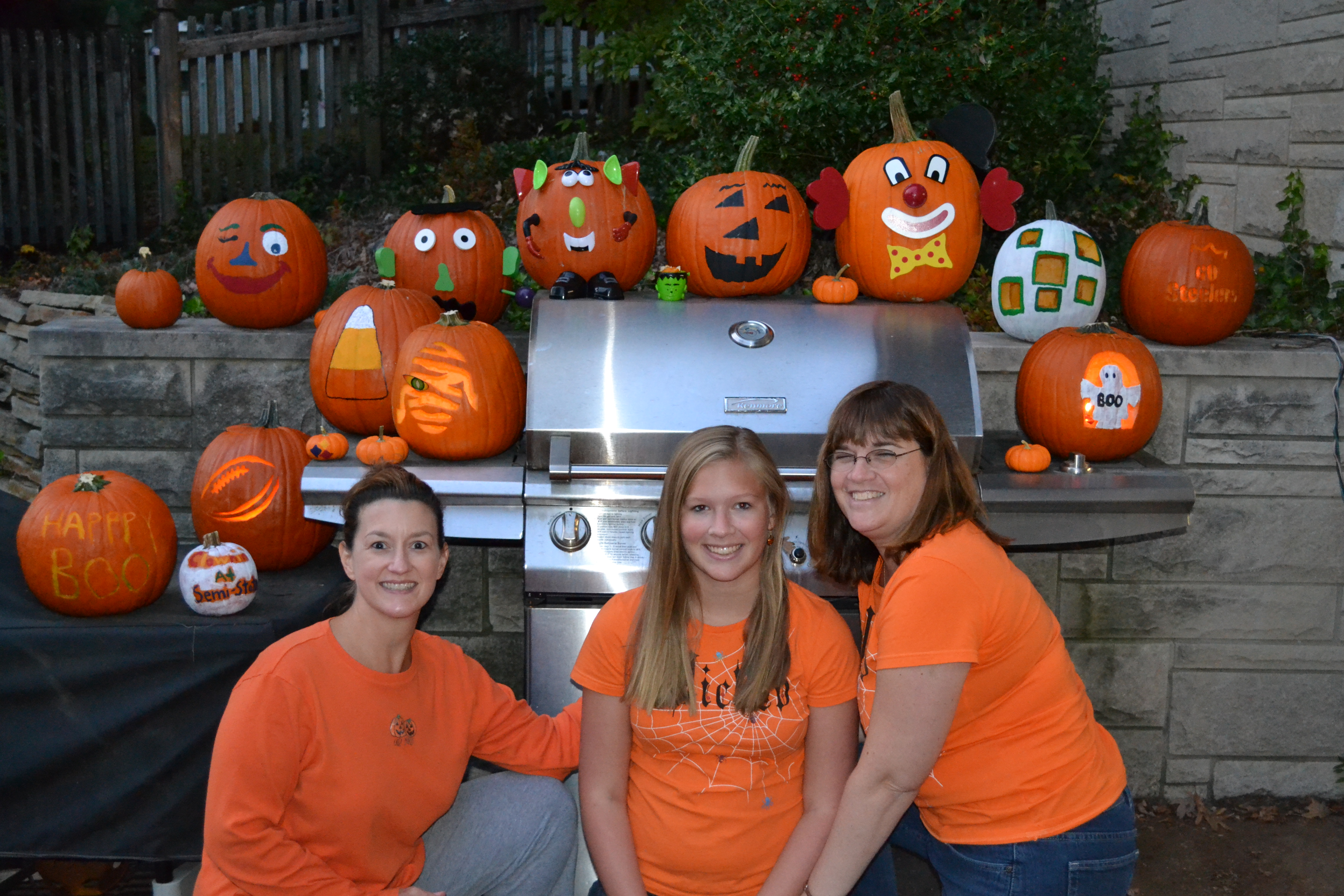Exactly one year ago, I wrote my first blog post for PATINS. I introduced my family and displayed our picture as we celebrated Mexico’s Independence Day on Sept. 16, 2020. This past year has brought me knowledge, friendships, frustrations, heartache, and awareness. I often feel overwhelmed by the amount of adapting that we all have had to do in this time period. As I write this blog on the eve of a celebration of Mexican sovereignty, I am struck by our own paths to liberty as we merge back into our lives with “battle” wounds, weary bodies and minds, and cautious steps toward a hopeful future.
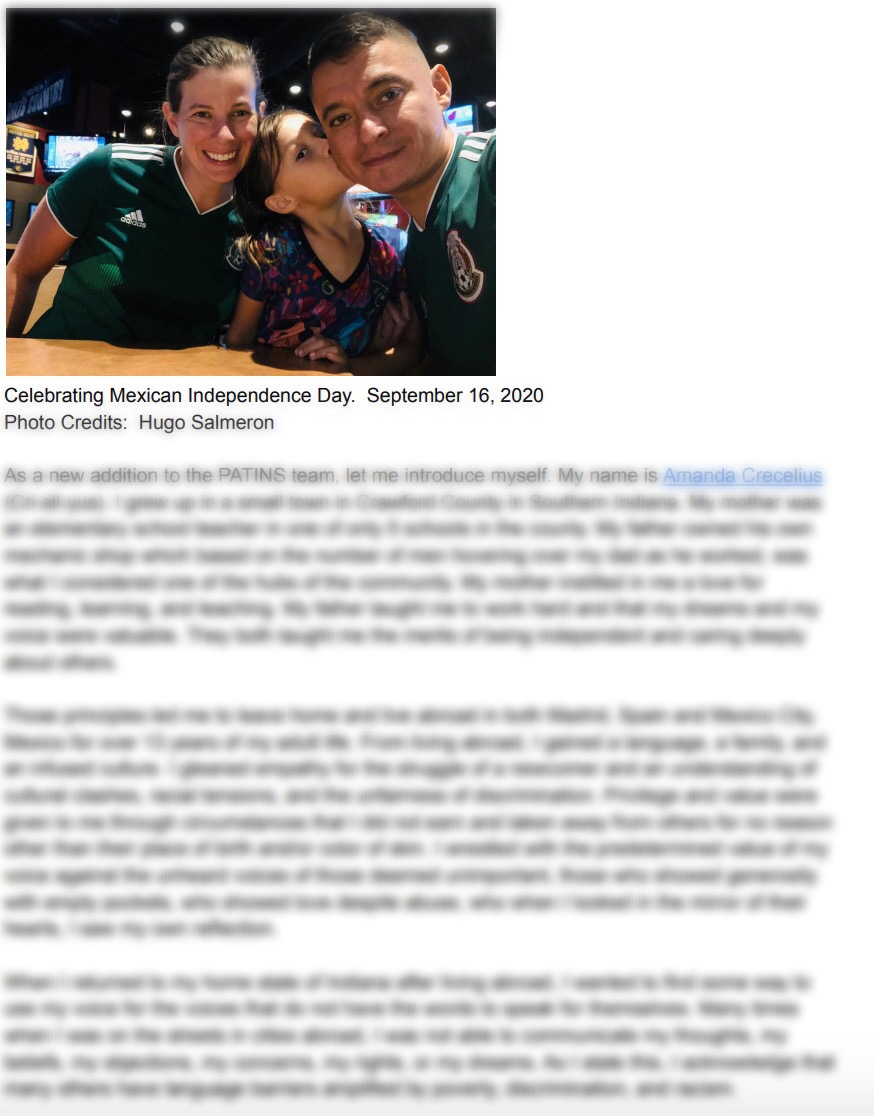
As we walk toward that optimistic horizon, we are often faced with fear of the unknown. In an effort to move forward, we tend to rely on our former strategies and situations, albeit negative, to guide our way. Spanish philosopher George Santayana said, “Those who cannot remember the past are condemned to repeat it,” and British former Prime Minister Winston Churchill wrote, “Those that fail to learn from history are doomed to repeat it.”
If I could modify these two famous quotes I would say that “those who do not analyze, trim, add, and tailor lessons from the past will remain in a perpetual state of former struggles.” (Quote by: Amanda Crecelius, September 15, 2021)
During the pandemic, schools scrambled to confront the arising (hidden) inequities that staff, students, and families faced in our own “battlefield” for accessibility and that got meshed with our “battlefield” against COVID. No one was truly prepared for the situation. Some schools used paper packets to reach their students academically, while others connected frantically to new platforms, extensions, and apps. Many educators, students, and families were frustrated with learning new technology, with new methods, with new home/school circumstances. After a long and, in some cases, painful struggle, we settled into a new normal. In many schools, family communication did increase, materials for learning became digitized and distributed via the web, and new methods of teaching and learning surfaced.
And then a shift happened. It seemed that we were out of the danger zone and moving away from the COVID “battlefield”. So we filtered back into our school buildings. We set aside our virtual meetings. We picked up our paper and pencils. And we began again. This time we had increased our technology use and application and did utilize new techniques. But for some the opportunity to slip back into old ways was a sign that we had made it through. Unfortunately, for many students and families who had been provided accessible materials or tools to access materials, that ‘easy’ move back to the old normal was detrimental.
Pre-pandemic we had methods, tools, and techniques that worked and we had some that did not. During the pandemic, we maneuvered into a new environment that had new methods, tools, and techniques that worked, sometimes better and sometimes worse. For each individual student, educator, and family the effectiveness varied in both in-person and online. What didn’t change was the need for all students to have access to equitable education.
So as we analyze, trim, add, and tailor from our past, we can look at a few guiding questions:
- What accessible educational materials (AEM) were developed in a virtual setting that did not exist or was limited in face-to-face settings?
- What methods were used to provide materials to students and families in a virtual setting?
- Are there options for providing materials digitally and physically?
- Can we reevaluate materials that are one-size-fits-all?
- What worked for some and not for others (including family communication)?
- How can we balance both old normal and new normal tools and tactics to create an inclusive environment at our schools?
PATINS staff have specialized expertise to guide this process through consultations and training. Just this week the session: The Barriers that COVID Conquered: Shining a Light on Equitable Ed 4 All Webinar was offered and can be recreated and tailored for individual school’s specific needs. Also, this topic will be covered in our upcoming virtual conference Access to Education (A2E) in the session titled: “Returning FTF Without Abandoning Virtual Strategies" by Sarah Gregory & Kelly Fonner. Check out a preview of the session.
To recap, as we dust off the old ways and apply the new ones, remember to 1) analyze the effectiveness of strategies and tools, 2) trim those that did not meet our student’s needs, and 3) add and tailor the new strategies and tools that have worked to provide access to all. In doing so we can move from lessons of the past to our own liberated future echoing el grito (the shout) from Mexican Independence Day: Viva! Our schools, Viva! Our students, and Viva! Accessibility!
